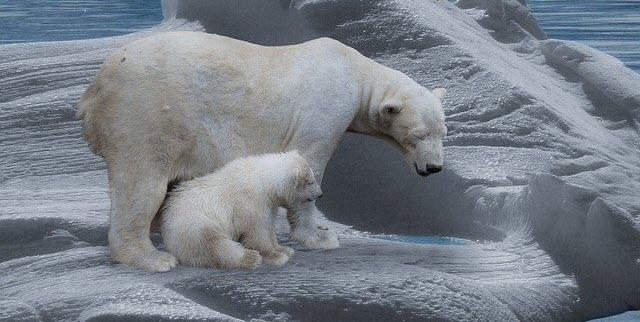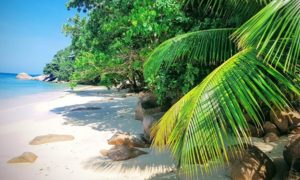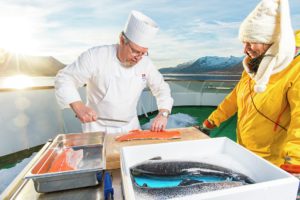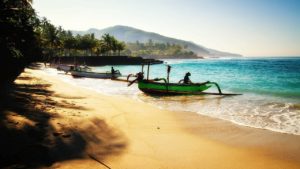Last week we talked all about the cute penguins that you can find in Antarctica. Today we are heading to the other coldest part of the planet into the Arctic and talking all about their famous animal – the Polar Bear. The Arctic is the only place where you can see them in their natural habitat. Some of you may know that Penny loves all cute animals but we are afraid to tell her that Polar Bears are not as friendly as they look. Luckily, if Penny or you get to see them ever, you won’t get too close and can enjoy their cuteness.
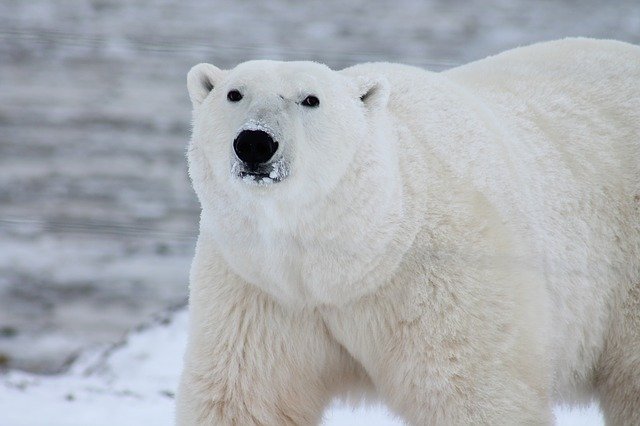
The Norwegian Svalbard islands are one of the top places to see the infamous Polar Bear. They are situated just 1,050 km from the North Pole giving them the perfect conditions for Polar Bears to survive. Spitsbergen is the largest Svalbard island and the numbers of polar bears have been steadily rising in recent years due to many conservation projects helping to protect these beautiful creatures since 2008.
This is great news considering how their habitat is changing not for the better with Global Warming. It is also due to us being conscious of the environmental impact that travel can have on habitats that we only promote Hurtigruten when visiting Svalbard. Their ships are extremely environmentally friendly with hybrid engines reducing their C02 emissions considerably. The whole team in the head office and on board the ships will only create itineraries and participate in activities that will not harm the environment – this is a priority for the whole company. As a result, we have faith that by travelling with Hurtigruten, you can get the best experience visiting Svalbard whilst also helping with local projects to protect the wildlife and environment.
Now let’s find out a little more about the Polar Bears themselves.
Our first fact is that the Latin name for polar bears is “ursus maritimus,” which means sea bear. In Inuit mythology, the polar bear is called Pihoqahiak, the “ever-wandering one.” We think that both names sum up the King of the Ice well.
Our favourite fact about Polar Bears is that they are in fact black in colour, not white! We know, we were shocked too when we read this and had to check this on multiple websites to be sure it was correct. Their skin underneath their fur is black to help absorb the heat from the sun. Their fur is in fact translucent that reflects the colour of their surroundings, namely the white ice. They need the fur to keep them warm and it even grows on the bottom of their claws to protect them from the cold ice.
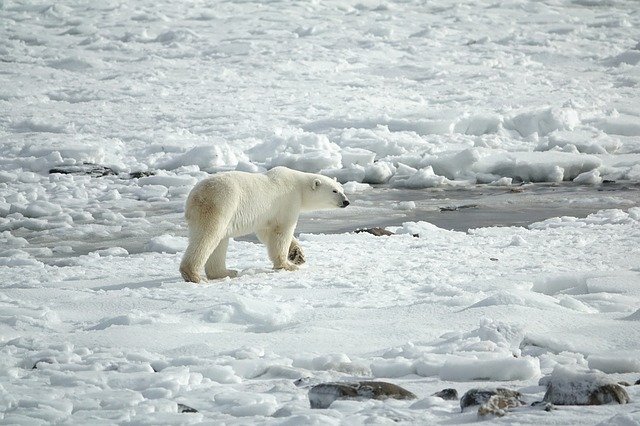
You will see Polar Bears above sea but they are in fact known as marine animals. They can swim for days at a time until they reach a new ice flat and reach speeds of up to 10 kilometres per hour. They also spend very little time on land. When they are seen out of the water, the majority of the time they will be on frozen flats of sea ice for their food supply and not on solid land.
Their sense of smell is incredible! They can smell when their predator is as far away as 1 kilometre. They can also detect a seal when it is metre under the compacted ice and snow. Polar Bears can be very patient and will happily wait for a long time until the seal comes up for air as they know it will be worth it for the tasty meal they will have as a reward for their patience.
Polar Bears do not go into hibernation during the winter months. In fact no species of bear does this. They go into a state that is similar to hibernation where they conserve as much energy to help survive the cold, winter months but can easily be woken up if they are in danger or have been harmed. Females also wake up to give birth. The main reason for them not hibernating is simply because they are such big creatures. It would take them too much energy to go into this state to be able to do so.
The most common question we get asked about trips to Svalbard is when is the best time to go? It definitely has to be the summer months to get the best chance to see the Polar Bears. Throughout June to September, there is constant daylight so you have more time to see them. Also, the ice naturally starts to melt a little and the Polar Bears accumulate on the remaining ice packs and the area is much easier to navigate by boat, making them easier to spot. However, if you fancy a trip to Svalbard in the winter months, this is a good time also for something else spectacular – the Northern Lights. As Polar Bears do not hibernate, there is a chance you may see them in the winter months but the chance isn’t very high because of the limited hours of daylight, they are sleeping a lot plus they travel far out on the frozen seas.
If you are interested in visiting Svalbard and hopefully catching a glimpse of the Polar Bears, Hurtigruten have a range of different itineraries to choose from and we know all about them. So just give us, your friendly travel agent, a call on 01582 349480 to find out which one suits you best.

